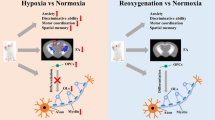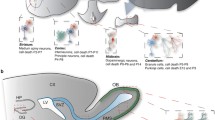Abstract
The effects of anoxia on function and survival of different central nervous system (CNS) areas were tested. As expected, synaptic function in a typical gray matter area of the brain, hippocampus, failed rapidly during 30 min of anoxia and did not recover. Mouse optic nerve and corpus callosum, two white matter (WM) areas of the brain, showed persistent function during total anoxia for periods as long as two hours. Moreover, even after two hours of anoxia followed by a recovery period, nearly half of the axons that were excitable at the outset remained functional. The corpus callosum contains a high percentage of unmyelinated axons while optic nerve axons are completely myelinated. These studies indicate that CNS structures vary greatly in their ability to function and survive anoxia. Mammalian WM, independent of myelination, is remarkably tolerant of anoxia implying that CNS axons generate enough ATP by anaerobic energy metabolism to sustain function.
Similar content being viewed by others
Author information
Authors and Affiliations
Corresponding author
Additional information
Special issue dedicated to Lawrence F. Eng.
Rights and permissions
About this article
Cite this article
Baltan Tekkök, S., Ransom, B.R. Anoxia Effects on CNS Function and Survival: Regional Differences. Neurochem Res 29, 2163–2169 (2004). https://doi.org/10.1007/s11064-004-6890-0
Accepted:
Issue Date:
DOI: https://doi.org/10.1007/s11064-004-6890-0




